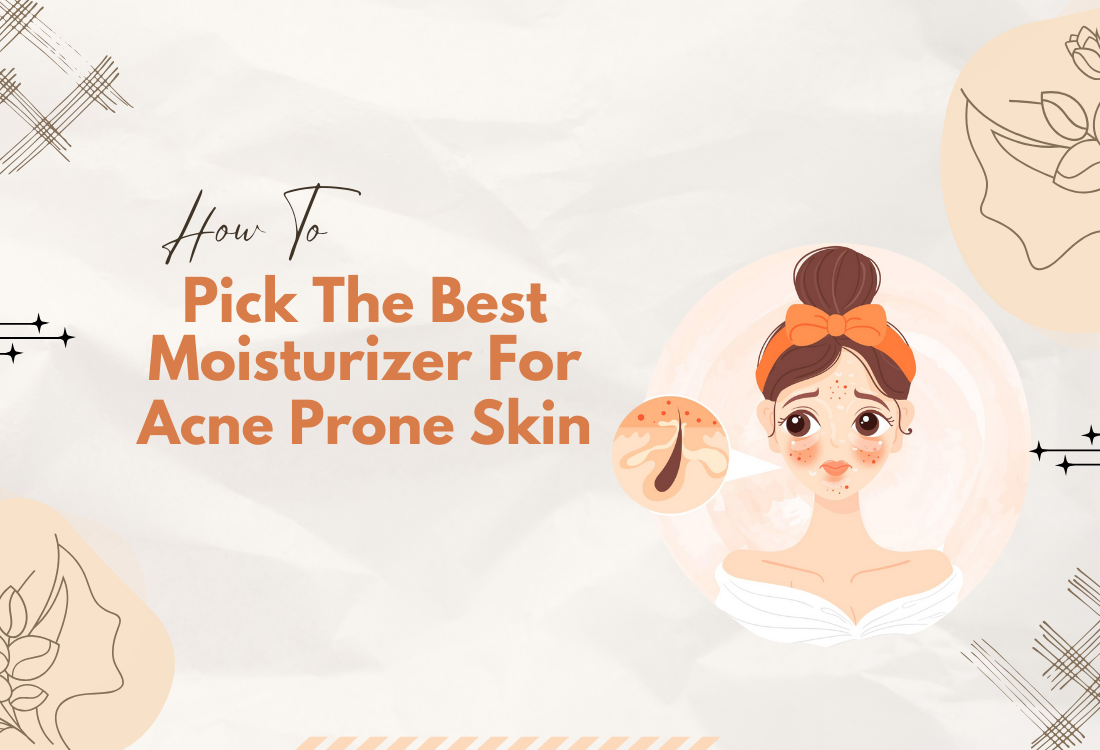Scars are something we all dread. Be it surgical marks, wound scars, or burn scars, all of these make us feel less about ourselves, which should not be the case. Scars are a sign, literally and metaphorically, that our skin stood strong through all the extreme stress and pressure that it was posed. But let us understand how scars are formed.
Any injury or physical stress of any kind, pressure, heat, and incisions/cuts that reach the dermis/second layer of the skin leads to the disorganized formation of the collagen fibers as a part of the natural healing process, which develops into a scar. Scars have their degree of severity and can be of varying types.
Only the fresh and lower degree of scars can be treated with over-the-counter scar gels; the deeper scars, however, need clinical treatments under the supervision of trained professionals to get rid of. The topical Scar Gel are effective for fresh scars as they intervene during the healing process and thus are better at modulating and directing scar-free healing and re-epithelialization.

Types of Scars
Scars can be categorized into 3 major types:
Hypertrophic Scars
Hypertrophic scars are formed as a consequence of abnormal healing and are often raised, wide, and are limited to the area of injury, burns, or surgical incisions.
Keloid Scars
Keloid scars develop after a few months of injury, and unlike hypertrophic scars, they aren’t limited to the area of injury. They gradually grow over time and can be painful and itchy. Keloids are relatively harder to treat, and topical application of scar gels while they are still growing, may help minimize their appearance and area.
Atrophic Scars
Atrophic scars are usually caused as a result of improper healing of skin after it experiences trauma of any sort. It is mostly caused as a result of acne, causing acne scars, and is usually deep pitted or indented.
Types Of Scars According To The Color
Scars can be of two different types if categorized according to color.
Hyperpigmented Scars
As it is self-explanatory from its name, the hyperpigmented scars are darker than the surrounding skin due to the overproduction of melanin in that area.
Hypopigmented Scars
Scars that are lighter than the surrounding skin due to lower production of melanin in that area are called Hypopigmented Scars.
Ingredients To Look For In An Ideal Scar Gel or Cream
Ingredients that are helpful in scar removal and management are discussed in detail.
Silicone
The topical application of silicone remains the first-line treatment of scars for over three decades now. Silicone aids in scar healing by promoting hydration in the outermost layer of skin, regulating the production of fibroblasts, and minimizing the production of collagen which in turn minimizes the degree of scar formation. Further, it protects the area of injury or trauma from any possible bacterial infection, thereby reducing the chances of secondary infections.
Niacinamide
Niacinamide is one of the most renowned ingredients in the skincare industry for its multiple skin benefits. It helps in managing hyperpigmentation and fading scars along with helping reduce blotchiness and managing overall discoloration.
Ceramides
Trauma to the skin layers results in severe transepidermal water loss, therefore it becomes paramount to prevent further TEWL by the application of ceramides that help in retaining the hydration and moisture in the skin layers thereby assisting in accelerating the scar healing process.
Allium Cepa
One of the most common kitchen supplies, onion, has impressive scar healing properties that come from its abundant bioreservoir of bioflavonoids like quercetin, thiosulfates, and cepalin. On a molecular level, it accelerates the expression of MMP1 which further supports the degradation of bad collagen thereby ensuring proper collagen synthesis that helps improve scar cosmesis.
Palmitoyl Oligopeptides
Peptides help in the proper synthesis of collagen as it has collagen-boosting properties and thus ensure proper and organized collagen synthesis.
These were a few ingredients that promote scar healing and prevent the development of scars if used as intervention therapy for fresh scars. Scar development is influenced by multiple factors including individual and racial features. Apart from the aesthetic impairment they can also have symptoms like itchiness, redness, burning sensation pain etc.
Topical scar gels containing silicone as its major ingredient help fairly for minimizing the development of scar if applied consistently. Scars are usually followed by psychological sequelae that include diminished self-esteem issues, which should not be the case since scars are the marks that narrate our skin’s commitment to safeguarding our body from all sorts of trauma, stresses, and infections.
It is a reminder that our skin stood through it all as a barrier to protect us. So it's suggested that we have a gentle approach towards healing and correcting it, make a mindset shift towards addressing it as a sign of survival and courage rather than linking it with shame and stigma. Your gentle approach towards your scars ensures gentle healing.
Also read- 4 DIY Winter Skincare That Actually Works




Leave a comment
All comments are moderated before being published.
This site is protected by hCaptcha and the hCaptcha Privacy Policy and Terms of Service apply.